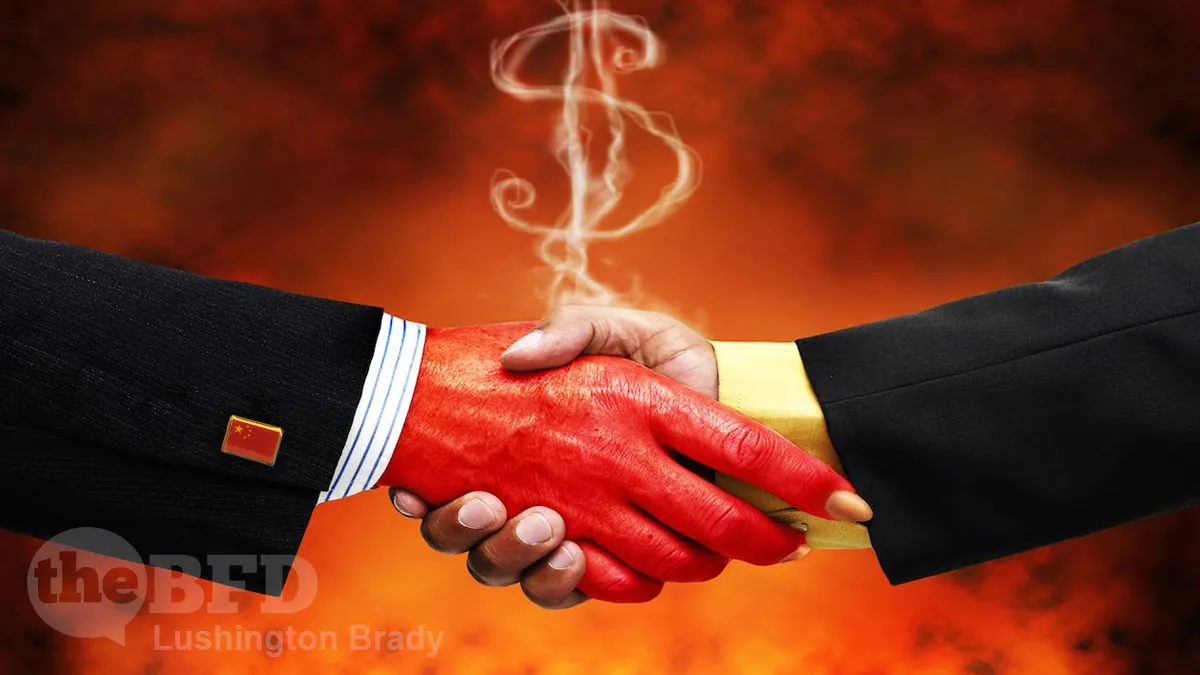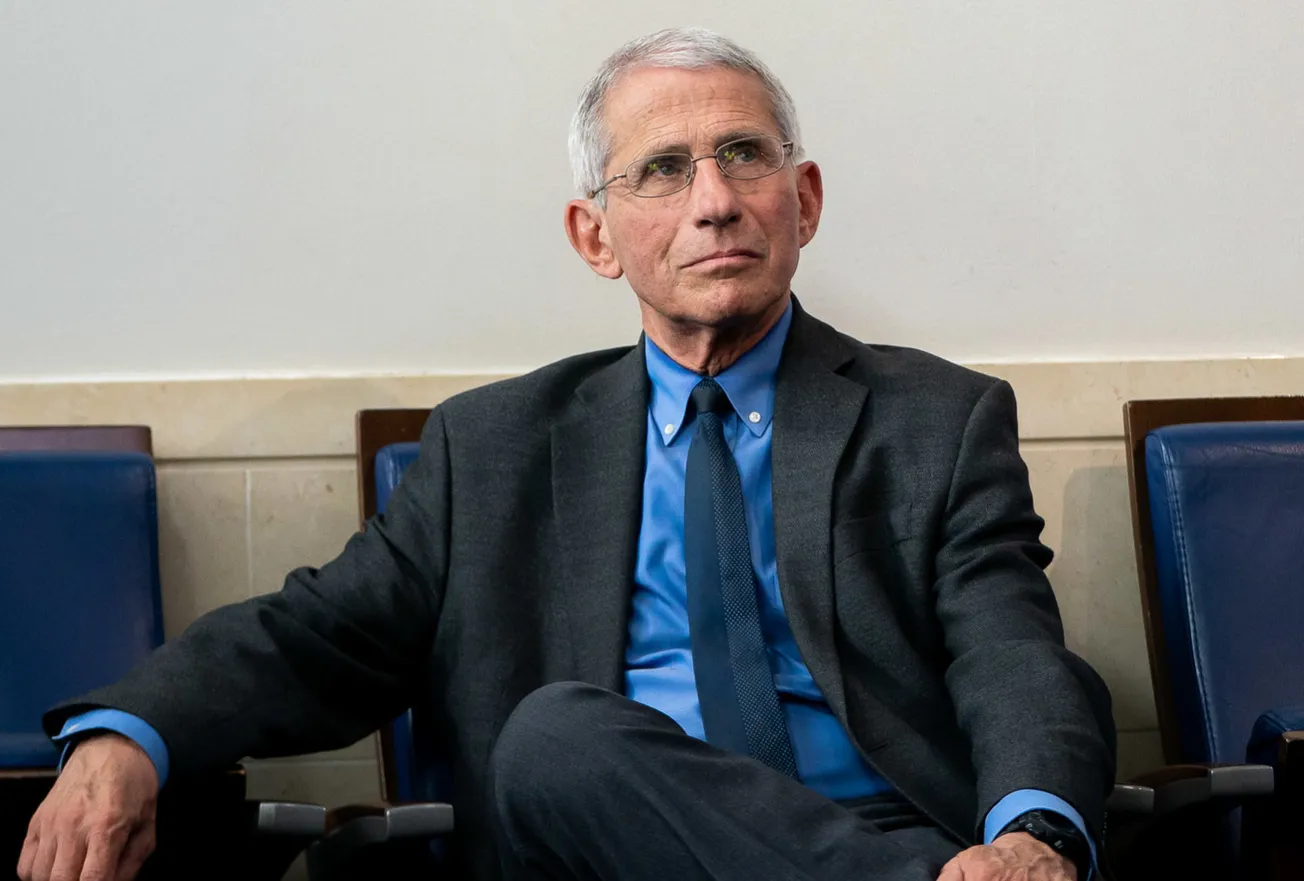Whenever pundits have blithered about the Rise of China, over the last decade or so, I’m inclined to point out two things. First, remember when the Soviet Union was the rising economic powerhouse? In the early 1980s, chin-stroking analysts were adamant that the Soviet economy was surging past the US. Then, Reagan and 1989 happened.
Secondly, all the giddy forecasts of Chinese economic dominance were predicated on the veracity of official Chinese figures. This is, remember, the regime that so rigidly controls information that there is no photographic evidence available of the most momentous mass murder in human history, the Great Leap Forward.
Of course, China has become a major economic power with tremendous clout (but then, even the relatively poor Russian economy is still able to wield major strategic influence), but that’s only because so many political and especially business leaders allowed themselves to be so foolishly dazzled by the propaganda prestidigitation.
Suddenly, all the Chinese chickens are coming home to roost.
While the Reserve Bank has been arguing for months that upward inflationary pressures may be a temporary response to Covid-driven supply chain issues and dislocations, it is now evident that there are major permanent shifts in the global economy.
At the centre of the change is China, Australia’s largest trading partner and the world’s second-largest economy, which in the past was a driving force behind continued strong global economic growth – directly benefiting Australia as a major exporter to the country – and the source of a concerted global deflationary push.
Faster than you can say “glasnost”, all that’s turning on its head. Chinese growth forecasts are being downgraded and the global economic fallout is rumbling.
So much so that the world was lulled into a false sense of security.
Factories closed in many Western countries as it was cheaper and more efficient to buy clothes, textiles, footwear, furniture, medical supplies, building supplies, chemicals, machinery, mobile phones, cars, computers, toilet brushes and many other goods from China.
In Back to the Future II, 1950s Doc Brown snorts at a future electronic part being “Made in Japan”, and is flabbergasted to learn that “All the best stuff comes from Japan.” I stand to be corrected, but I don’t expect to see “Chinese knockoffs” being praised for their quality any time soon. But Chinese stuff is getting more expensive.
Well before the emergence of the global pandemic, rising prices in China were prompting companies to diversify their sources of supply to other countries.
Chinese workers were being better paid, companies were coming under pressure to provide higher-quality workplaces and working conditions and to pay extra costs such as pensions.
At the same time, Chinese industry was under pressure, and will continue to be under pressure to improve its environmental standards […]
Enter Covid two years ago and there was the added shock of supply chain issues.
And, to their utter shock, Western companies are waking up to what should have been obvious all along: “It was unwise to have too many eggs in one basket.” Especially a communist basket.
Especially when China’s Covid woes are very far from over.
The events of the past few weeks in China, as President Xi Jinping seeks to oversee a zero Covid policy by shutting down Shanghai and other cities at the slightest sign of a Covid outbreak, highlight how the world can no longer depend on China as a reliable source of imports to the extent that it has done in the past.
The Australian
The risk now is for smaller economies like Australia to get politically pushed into the opposite extreme: autarky. While it would be wise to bring some key manufacturing areas back home – and more importantly, to stop the Chinese buy-up of the “family farm” – the simple fact is that a small but advanced country like Australia, with a domestic market smaller than some global cities and much higher labour costs, can’t do everything for itself.
But wiser reforms, like diversifying markets to more friendly, reliable nations like Japan, India and Vietnam and shifting inventory to the more expensive but more robust “just-in-case” system, will eventually pay dividends, both economically and in geopolitical terms.
The world is not quite “de-globalising”, but the smart money has learned to stop paying the “China price”.









